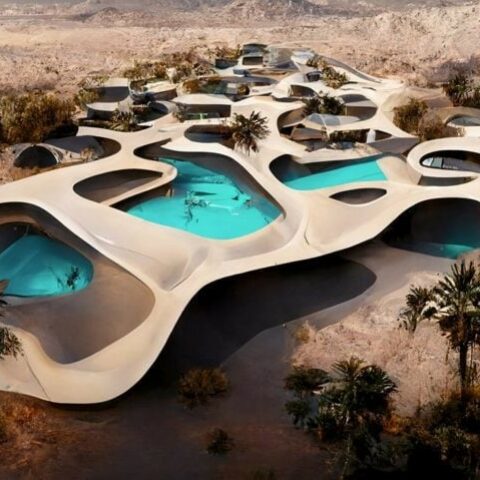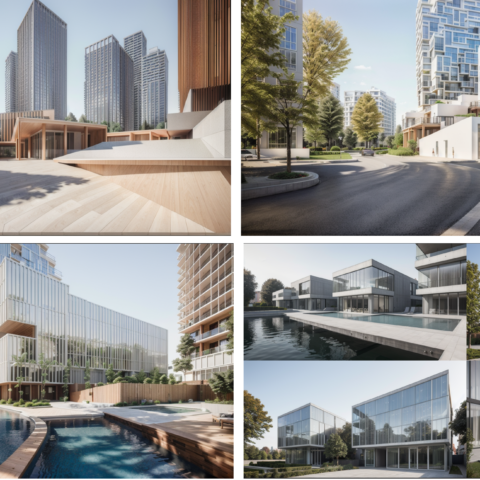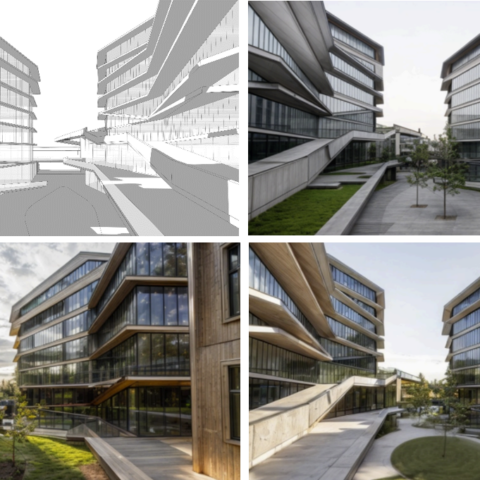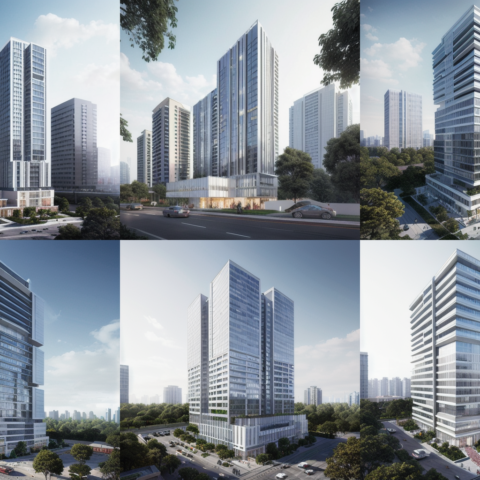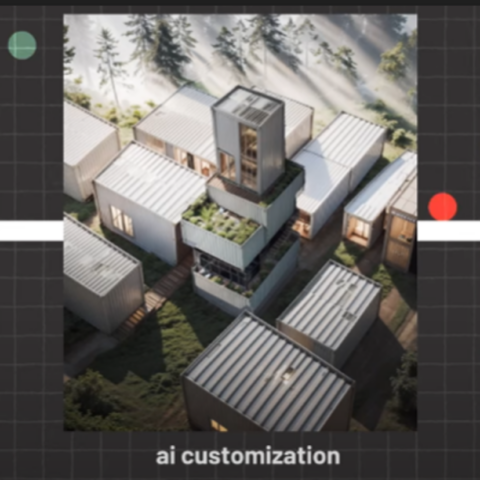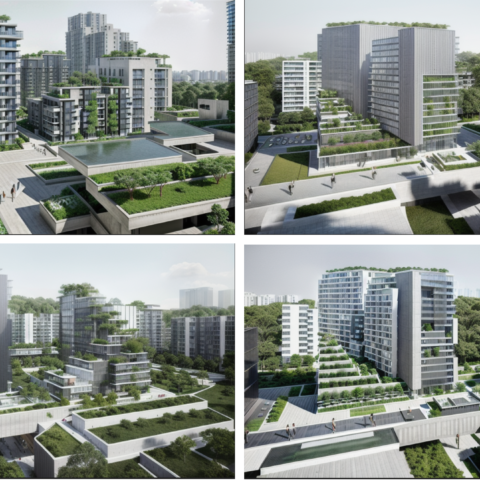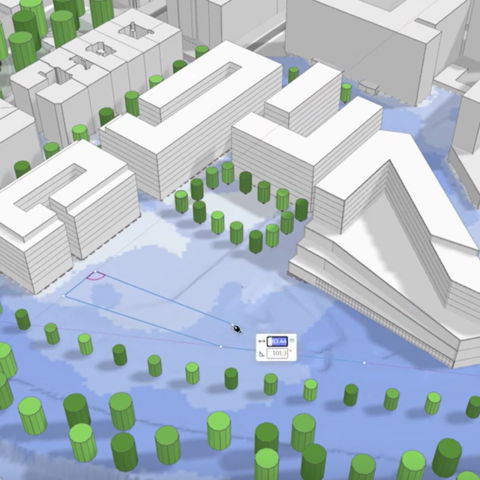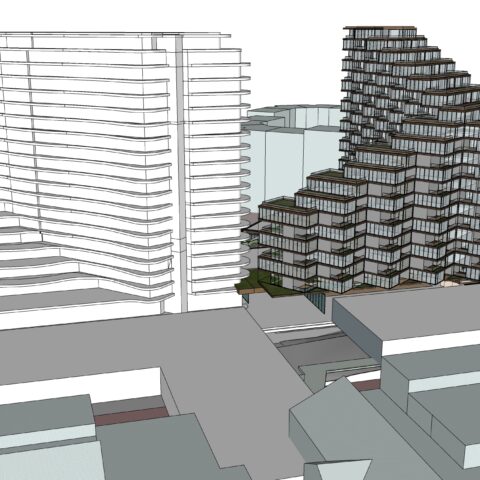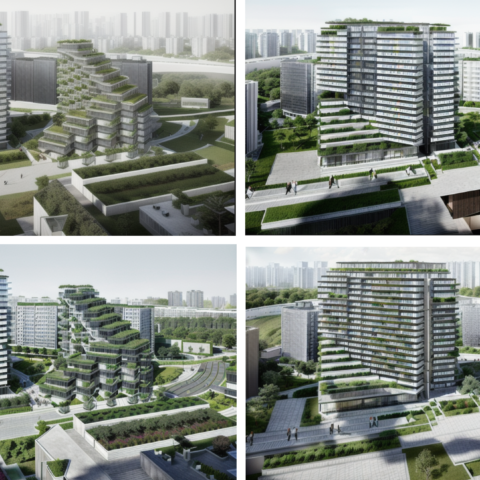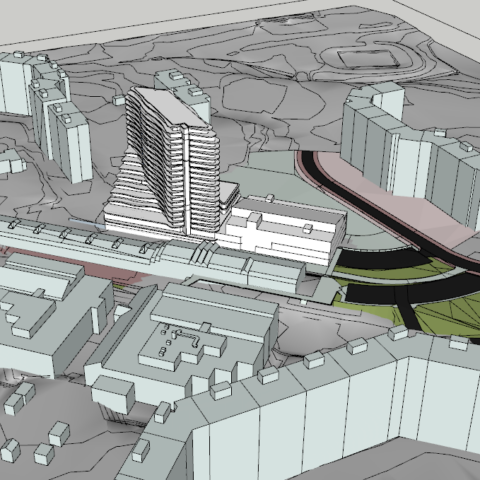Artificial Intelligence in Architecture and Built Environment Development 2024: A Critical Review and Outlook, 14th part: (6) Conclusions
Artificial intelligence (machine learning, more correctly) has not proven creative (not only) when it comes to architecture; even the pioneers in the field are abandoning the projects whose ambitious visions have not been achieved and reducing their efforts to pragmatic parametric tasks. Intoduced in section (2) of this paper, models like Stable Diffusion, Midjourney, and ControlNet represent state-of-the-art AI-deployment in architecture and built environment development shortening the way from a simple sketch to materiality-rich rendering, and easing and enhancing the process of visual conceptualization and image representation in phases from the (client´s brief) ideation through sketches drafting, CAD BIM (or better an into VR/XR extended working platform) model development, over rendering to final design. Currently, whatever of the multiple applications deployed, AI is a "clever", more sophisticated pencil in an architect´s hand.

